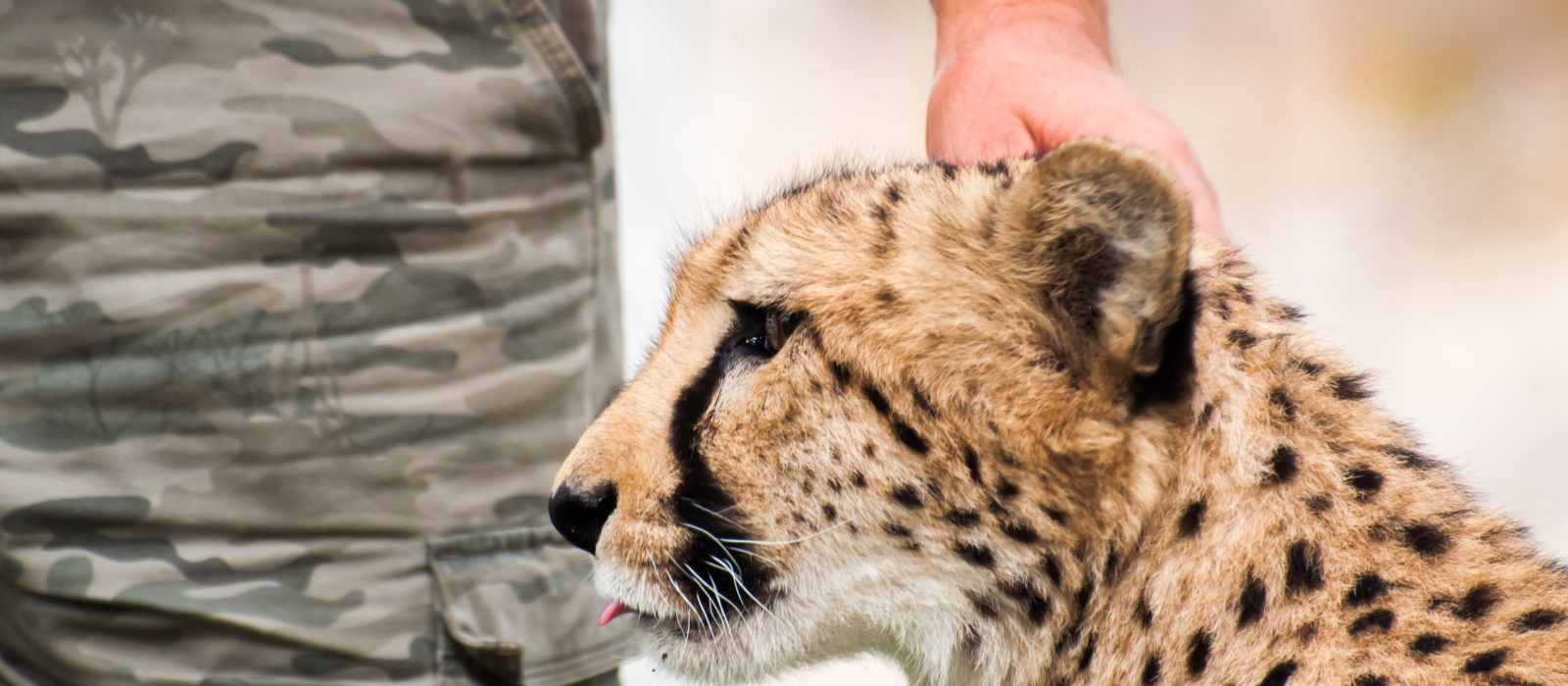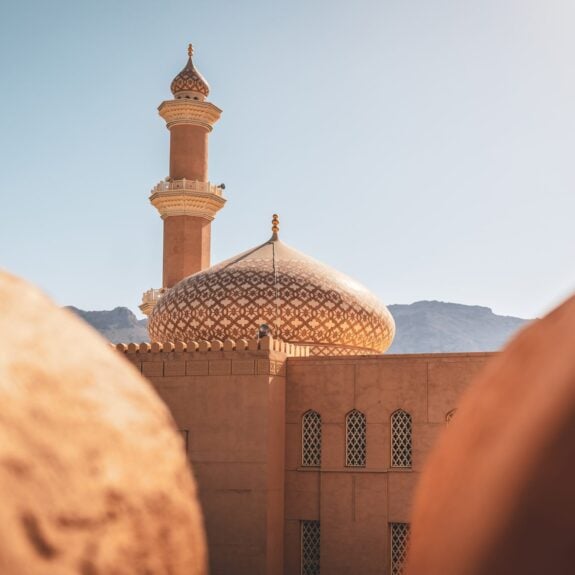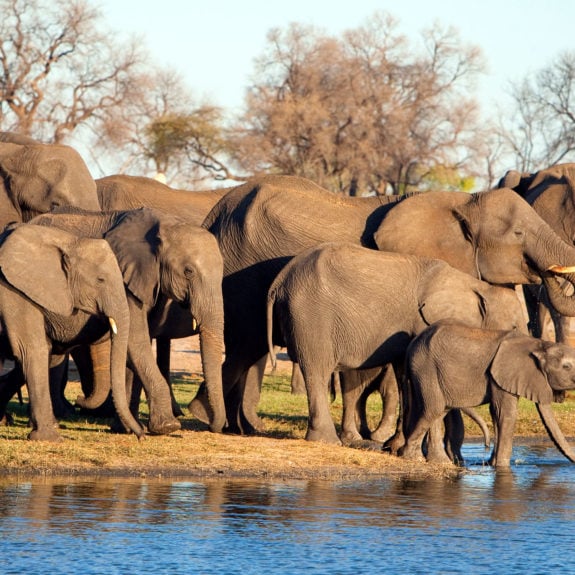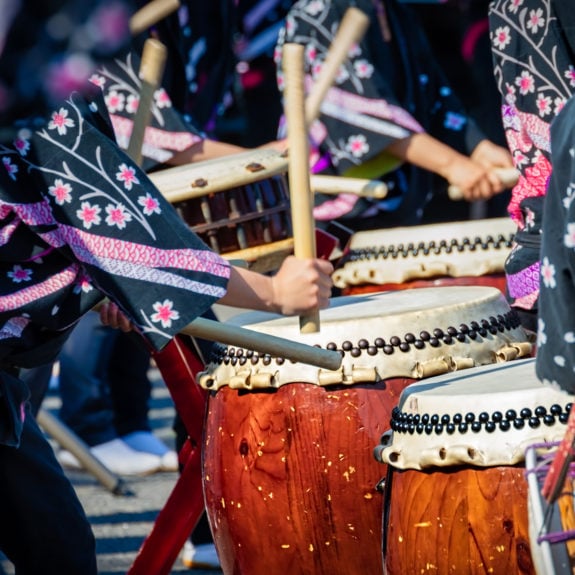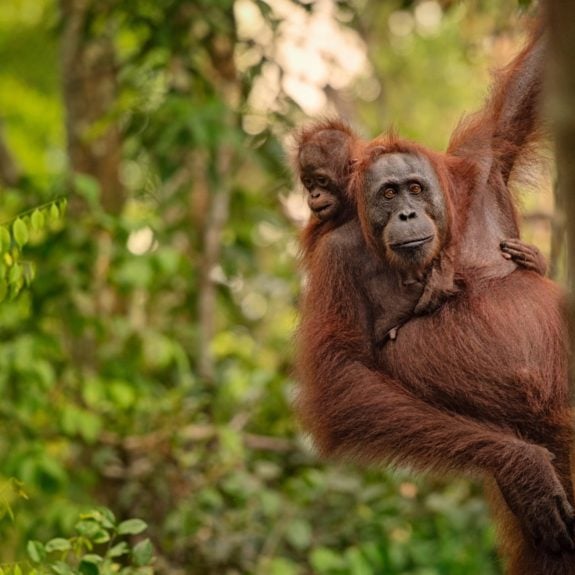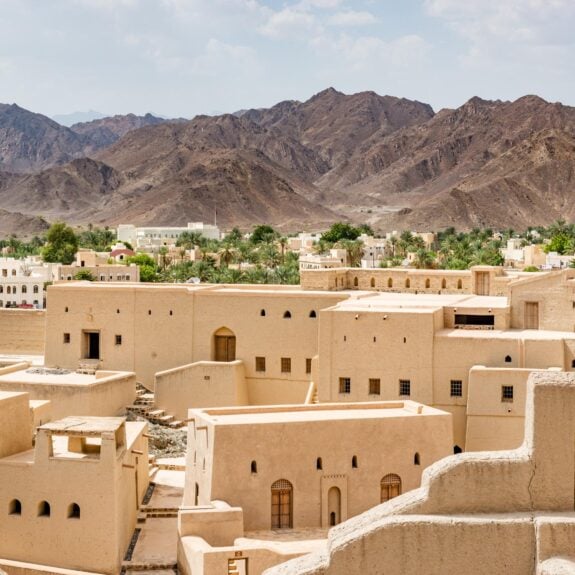Published on: August 24th, 2017
Last modified: October 20th, 2023
We are often asked about animal encounters or interactions, such as walking with cheetahs, riding elephants or petting lion cubs. Here are our thoughts on the matter.
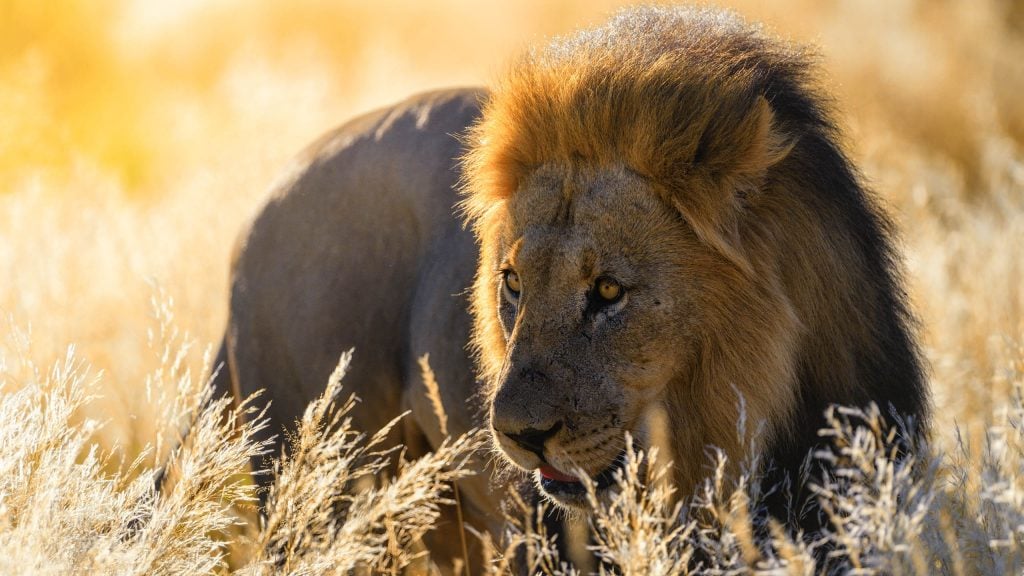
If you love wildlife, it’s totally understandable that experiences such as petting lion cubs or walking with cheetahs might appeal, as they provide an opportunity to get close to and learn more about these amazing animals.
However, there is another side to wildlife encounters, which is crucial to consider for the welfare of these animals. We think it’s important to make the distinction between established and esteemed sanctuaries and other, less ethical experiences (which sadly make up the majority of animal interactions).
Sanctuaries are where rescued animals are cared for with a clear plan for their release back into the wild. Ethical, well-regarded sanctuaries include South Africa’s Hoedspruit Endangered Species Centre (HESC), Namibia’s Africat Foundation and the David Sheldrick Wildlife Trust (DSWT) in Kenya.
However, many other experiences use animals which are bred (or even captured from the wild) for the sole purpose of entertaining the paying public. This is not enjoyable nor beneficial for the animals, so Jacada Travel does not support them.
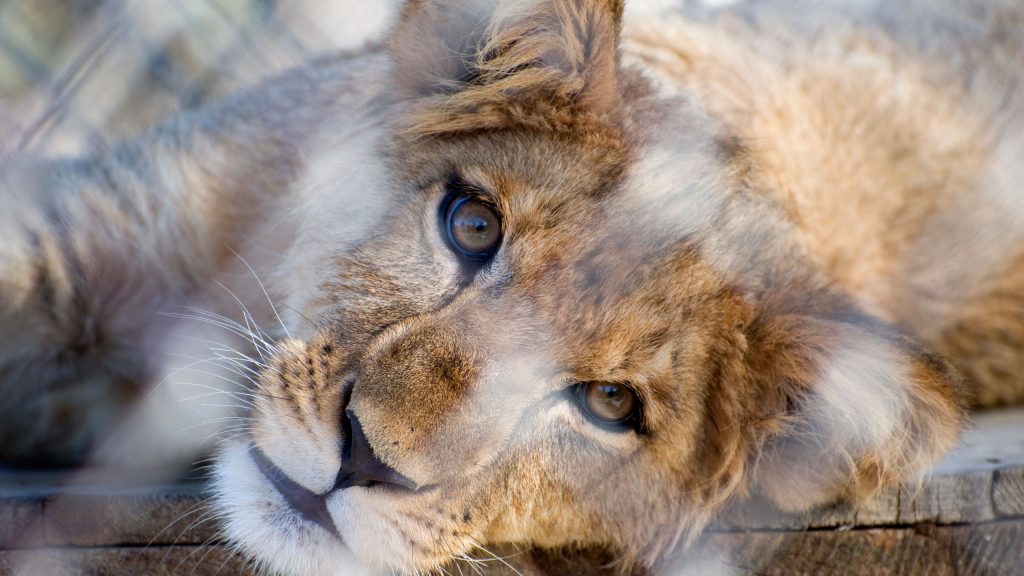
Animals in captivity often display symptoms of high stress and there are cases of them lashing out at people, for instance at cheetah centres in South Africa.
Despite some claims to the contrary, once exposed to this much human interaction and a life in captivity, animals can very rarely be successfully rehabilitated into the wild. When they are no longer able to safely interact with the public, captive animals in Southern Africa are often sold on and used in ‘canned hunting’ (where lions are kept in fenced-in areas for trophy hunters to easily make a kill).
We understand the difference in establishments can sometimes be tricky to see, so our travel designers are happy to help if there is any confusion.
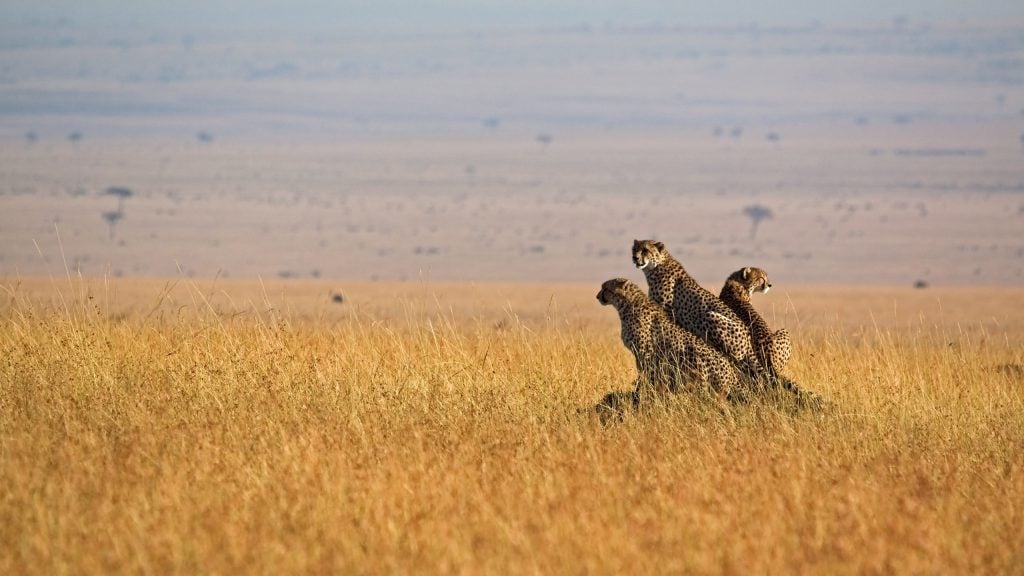
We respect all views on this subject, but we’re firm in our own stance: that the best way to support conservation and see the wildlife of Africa is on a responsible safari – the type in which Jacada specialise – where you’ll have the privilege of witnessing these wonderful animals free in the wild.
It’s great to see that the travel industry is carefully monitoring what is made available to tourists, ensuring that tourism income is beneficial for all involved, animals included. At Jacada, we understand that a lot of our guests have a deep love for animals – for that reason, we make sure our travellers see these magnificent animals in the wild, where they belong.
Byron Thomas, Jacada Travel head of Africa travel and safari design
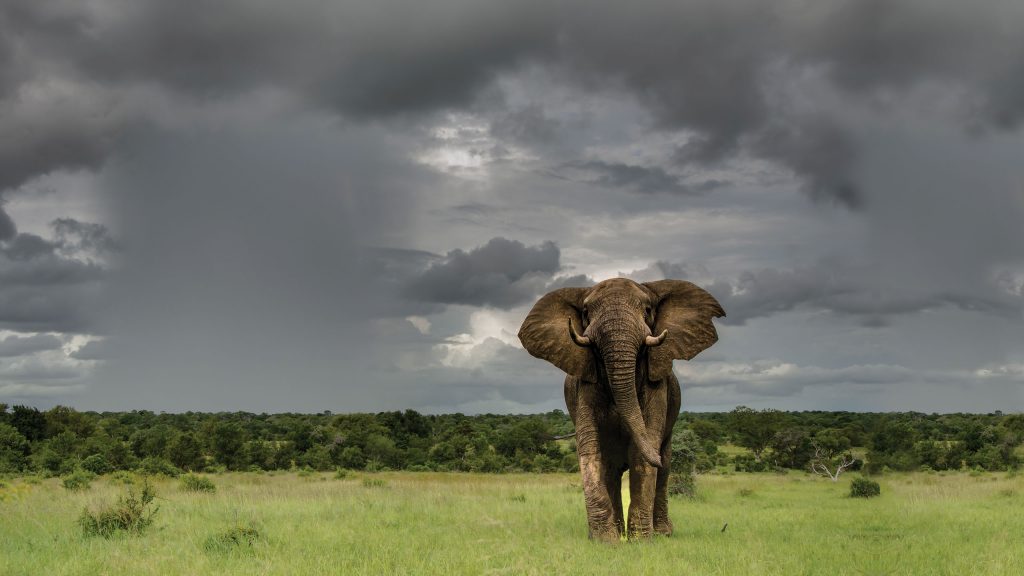
The facts and our knowledge of how we deal with wild animals change constantly, but there is a steady evolution towards more ethical practices happening within the travel industry. We want to make sure that Jacada is helping lead the way in responsible tourism, so we regularly consult experts in sustainability and our colleagues in the industry to make sure we’re all aiming for the same goals.
We would suggest doing some further reading before making any decisions or chatting to your travel designer about the reality of animal interactions in Africa. Ultimately, it is up to you, as a responsible traveller, to come to your own conclusions on this topic.
Find out more about our ethics, sustainability standards and how we give back here.
